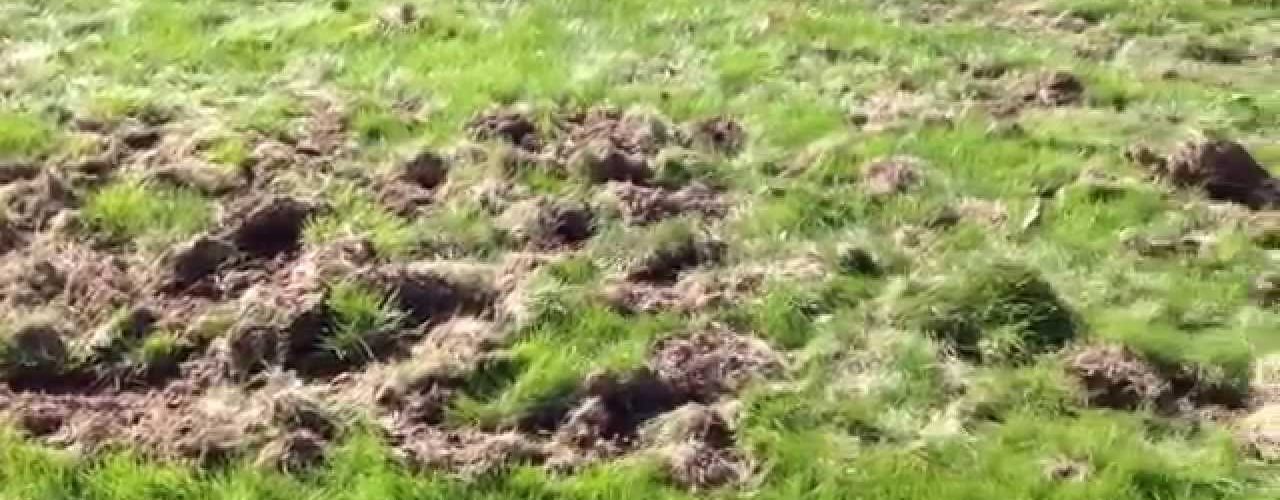The mole is a small, furry animal scientifically classified as an insectivore. This makes sense because it lives on grubs, earthworms and other insects. It does not actually chew on the roots of plants, although it is often blamed for this. Many people consider them beneficial because they eat insects.
However, the tunnels dug by the mole disrupt the roots of the grass under which it burrows and can cause substantial damage to a lawn or garden. The mole, however, is actually chasing after insects. Knowing this can help with eliminating this interesting but destructive little pest from your lawn. There are many methods of doing so, some more effective than others.
Stop Feeding Them
Since the mole eats insects, anything that increases the number of insects in your lawn can attract moles. In particular, over-watering can lead to a proliferation of grubs and worms, and provide a free lunch for every mole in your neighborhood. Cut back on the watering, and your problem may diminish.
Or maybe not. If your neighbors continue to water their lawns to excess, the moles may continue to travel through your lawn to get to theirs.
Chase them Away
Mole barriers can be successful in protecting a small area from moles. Make sure that the gravel, aluminum sheeting or other barrier reaches two feet into the soil so that the moles go around it.
You may also try various electrical or sonic devices that promise to irritate the moles so that they leave. These may be effective for a small area, but you will have to use a lot of them for a large lawn. And, the moles sometimes get used to the unpleasant vibrations or sounds and return.
Some smells tend to drive moles away. Since the common house cat is a natural predator on the mole, pouring used cat litter down the mole hills in your yard may convince the moles to decamp. Human hair clippings, available from most beauty shops, can also be used for this purpose.
Also, certain natural and chemical preparations can be sprayed on a lawn to drive away moles. Often these sprays contain castor oil. Be certain to follow the package directions carefully if you decide to use a spray. Again, however, the moles will tend to come back if grubs are available for them in your lawn.
Trapping and Removal
Trapping the moles is often praised as the one certain method of removing them from an area. Live traps can be purchased at hardware or garden stores. Follow the directions carefully and release the moles in a forest or open field. You must be patient to use this method; moles have large families and you may need to trap quite a few animals.
Kill Them
This is certainly the last resort for environmental reasons. Also, killing moles, or some methods of killing them, may be illegal in some states. Be certain to check with your state’s Fish and Wildlife Department to be certain that you use only legal methods of eliminating moles.
The traditional method is the old-fashioned shovel technique, which is self-explanatory. Another method is to run a rubber hose from the exhaust pipe of your car into an active mole tunnel. The carbon monoxide is deadly to the moles. Check on the legality of this in your own state.
One easy way of killing moles is to let your cat or dog do it. Some dogs are enthusiastic chasers of moles and go wild when they see the characteristic movement in the grass. You will have to clean up the mess the dog makes, however. Cats will also prey on moles, especially young moles, and will sometimes proudly present you with the results of their hunt.
Poisons and kill traps must be used with great care so they do not cause harm to children and pets. Be sure what you do is legal in your state.



